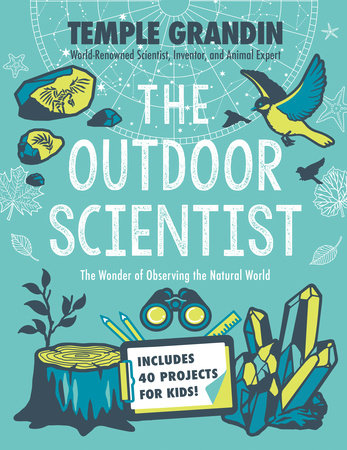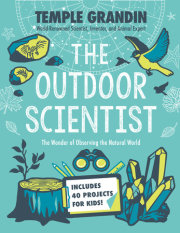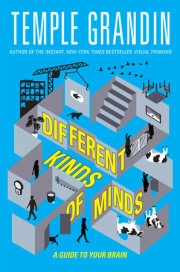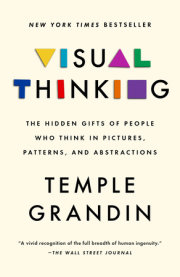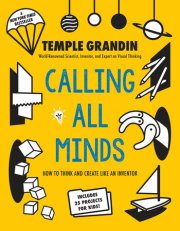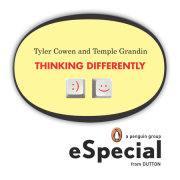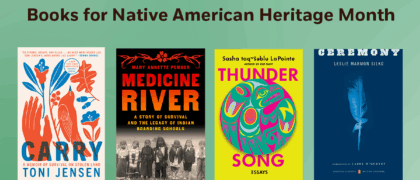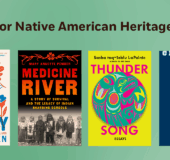ContentsChapter One: Rocks
Chapter Two: The Beach
Chapter Three: The Woods
Chapter Four: Birds
Chapter Five: The Night Skies
Chapter Six: Animal Behavior
Conclusion
IntroductionAs a child, my world was divided into two places: inside and outside. It was the 1950s, and if we had any say, my siblings and I preferred to play outside. We just loved being outdoors, whether it was the neighborhood with its playgrounds or our backyard or the woods beyond. Anything we found outside was fair game for our entertainment: we made daisy chains, pressed flowers, built tree houses out of scrap lumber. We also flew kites and raced our bikes. I could spend an entire day on my bike pretending it was a horse or a car or a rocket. I can still remember summer nights when the sun set late, and my mother would call to us from the screen door to get inside. Her voice would get increasingly irritated, as it was almost impossible to drag us away from our games of kick the can, four square, hopscotch, and double Dutch jump rope (which I was terrible at). Another reason I didn’t like going inside: I dreaded bath time. My mother would be shocked at the layers of grime and filth from a day of playing outdoors. To me, they were a badge of honor.
The outdoors is where I first started making discoveries, though I never would have called them that. I never would have thought that splitting rocks, or collecting shells, or dissecting flower buds was something scientists did to unravel Earth’s mysteries. To my mind, I was just playing. It’s only looking back now that I see how curiosity led to observation, and how observation is at the heart of all science. If you like looking at trees, and bark, and the pattern of veins in leaves; if you are fascinated by clouds or the spots on a ladybug’s back; if you like to split open rocks and see what’s inside, then you’re already an outdoor scientist.
I had no idea what I wanted to be when I grew up, a question that grown-ups are fairly obsessed with. I also had no idea that all the stuff I loved doing as a kid would come to inform my life’s work. I’m an animal scientist, a pro-fessor, and an engineer, which means that I study animals and teach college students, but I also work with cows, designing livestock equipment. This book traces how my childhood interests contributed to my work today. I also include lots of stories of scientists who, as you will see, saw their childhood interest develop into passion that they pursued for their entire lives. A young Mary Anning would discover the first complete skeleton of an
Ichthyosaurus, an ancient sea creature, on the cliffs of England and become one of the leading paleontologists of her day. Jacques Cousteau always wanted to fly, but a child-hood accident ended that dream. Instead he became one of the great under-water explorers, who would later describe swimming underwater like flying. You’ve probably heard that the number of rings in a tree tells its age. That’s something we know thanks to Andrew Ellicott Douglass, whose early interest in astronomy and observations about climate change led him to develop a new branch of science called dendrochronology. Irene Pepperberg got a parakeet as a gift when she was a young child and would spend her life studying whether birds could just mimic us or truly understand speech. Katherine Johnson was a math genius who would overcome racial injustice and discrimination at NASA to become one of a small group of Black women who came up with the calculations to get Apollo 11 not only to the moon, but back.
But it was during the summers at my aunt’s ranch, where we spent most of the days outdoors, that my love of the natural world and interest in animal science came together. We’d spend whole days outside with the horses going on long trail rides. It was really hot and my aunt used to say that we were opening a door to an oven in the morning when we set out. The grass was brown, and she’d say “everything will green up” when the big downpours came. I loved watching the thunderheads build up in anticipation of the rain. It was like a huge drama in the sky that I could stare at for hours. I later learned in earth science class that thunderheads (also known as cumulonimbus clouds) form when a body of hot air meets a body of cold air. When the two meet, the hot air rises, creating thunderheads. They can reach heights of 50,000 feet above the surface of the earth. The heat released by water condensation causes powerful rain, lightning, and winds. I loved learning about stuff like that.
Above all, this book is about looking at things closely, about observation—the scientist’s most important tool. It’s about being a detective like Sherlock Holmes and noticing what others fail to notice. The best part is you don’t need any special or fancy equipment, you don’t need to remember a charger, you just need your eyes and the power of observation. Are there one or two sets of paw prints in the snow? Three or four kinds of birds having a conversation in a grove? What kinds of plants are strong enough to push their way through the cracks in the sidewalk? Imagine having concrete poured over your head! How would you escape? For plants, the secret is water. When water enters a plant cell by osmosis, the pressure pushes the plant upward, giving it the power to break through asphalt or concrete.
Have you ever wondered what makes moss the color of emeralds? (Hint: it has to do with chlorophyll.) Or for that matter, what makes emeralds the color of emeralds? (Hint: it has to do with the presence of chemical elements chromium and vanadium.) Have you ever collected and identified different types of leaves or figured out why some trees flower in May and others in August? Have you ever dissected an acorn? One summer not too long ago, I puzzled over how smashed-up clamshells wound up on the road to the beach. Then one day, I observed a seagull drop a clam on the road, then wait for a car to run it over like a giant nutcracker, busting open the clamshell for the bird to eat the soft meat inside. Mystery explained! I’m still trying to figure out how the red fox I saw in my doctor’s parking lot got there. Was it lost? Frightened? Were there babies nearby? Would it attack if approached? You may not always find the answer, but these are the questions an outdoor scientist asks about the world.
Today, more than ever, you can participate in the great global project known as citizen science. All over the world, volunteers donate their time, energy, and passion to collect data about the world around them. This is also called crowdsourcing, connecting millions of people to share information about a given topic. These efforts contribute to our knowledge of the earth and all living things. Citizen scientists help scientists collect data on contam-ination in the environment, measure levels of climate change and pollution, and track endangered species as well as those populations rapidly growing. You can go to citizenscience.gov/catalog to survey all the different ways you can get involved as an outdoor scientist.
I hope, as you read this book, you find projects and experiments that intrigue you and lead you on your own scientific journey into the natural world.
Copyright © 2021 by Temple Grandin. All rights reserved. No part of this excerpt may be reproduced or reprinted without permission in writing from the publisher.

